Virginia Kantra has returned this year with a retelling of the beloved Little Women. As huge fans of Little Women and retellings, we were dying to learn more from Virginia. Get to know the woman behind Meg and Jo and pick up your copy of the book, on sale now!

Retellings of classic stories aren’t easy – especially with classics that have such cult followings like Little Women. Why did you decide to write a retelling and what was the best technique you employed to make the story your own?
There’s a huge challenge in reimagining a classic like Little Women. You need to honor the original text. But you also have to respect that many readers are going to bring their own feelings and their memories of reading the book (or watching the movie) to your story. Which I totally get, because that’s what I did.
I read Little Women for the first time when I was about 10. I remember identifying so much with book-loving Jo, scribbling in her attic room. Then, when I re-read it as a young mother with three kids under the age of five, I winced for poor Meg, struggling at home with her twin toddlers.
I’m not sure you can ever live up to that kind of expectation. You can only be true to yourself, to your own experience, your own emotions. That’s it – my best technique. To be authentic. “Tell your story,” Bhaer says to Jo in Meg and Jo. So that’s what I did. I set the story in North Carolina, where I raised my family and took all my love for Little Women, and what it meant to me at different points in my life, and brought that to my story.
So some of Meg and Jo is sort of a deep dive into my own family (which I will deny if they ever read this) and some reflect research I did on Louisa May Alcott. The March girls’ father in Meg and Jo, for example, is less like the kindly, remote Mr. March of Little Women and more like Louisa’s real-life father, Branson Alcott, a revered educator and scholar who was also an absolutely awful provider and husband.
The conflicts in the original Little Women feel very modern – sisterly love and sibling rivalry, work and motherhood, creative dreams and the need to make money. But even though the story is timeless in some ways, it’s also a product of its time. I wanted to make it relatable for modern readers who aren’t familiar with the original. So I updated some of those issues and told the story as women’s fiction, aging the March sisters up to their late twenties – what I think of as the contemporary “coming of age.”
Basically, I wrote the best book I could, inspired by the characters I love. And if it inspires some readers to pick up Little Women for the first time – or again! – I’ll be happy. We need stories that show strong women supporting each other. We need stories that make us feel good.
If you could pick anyone, dead or alive, to read Meg and Jo, who would it be and why?
I’d want to give it to Louisa May Alcott to thank her for writing Little Women. Even though I’d be terrified.
If you had to choose three to five of your favorite books of all time, what would they be?
Little Women. Because.
The Narnia Chronicles by C.S. Lewis, which are all about ordinary children forced by circumstances into becoming extraordinary. “Once a king or queen in Narnia, always a king or queen in Narnia.”
Pride and Prejudice by Jane Austen. Obviously, I have a thing for books about sisters.
Jane Eyre by Charlotte Bronte, because Jane always speaks her mind.
Which authors do you admire most?
Too many to name. (I’m a former English major.) But if I had to pick someone currently writing, it would probably be Kristan Higgins. Or Anna Quindlen. Or Jennifer Weiner or Eloisa James or Sophie Kinsella or… OK, also too many to name.
Which books are you most looking forward to reading next?
I’ve got The Bookish Life of Nina Hill by Abbi Waxman on deck.
I’m really looking forward to Sonali Dev’s upcoming Recipe for Persuasion, based on the Jane Austen novel.
And I will read anything by Mary Balogh!

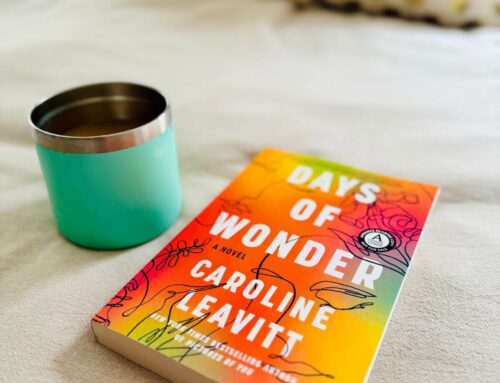
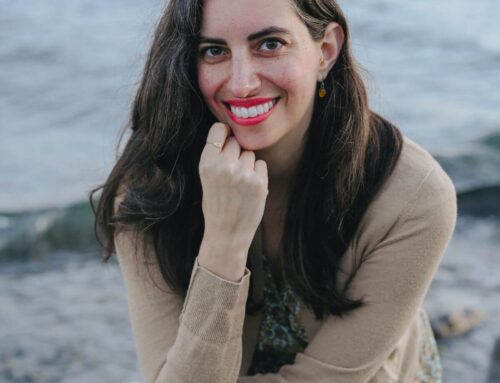
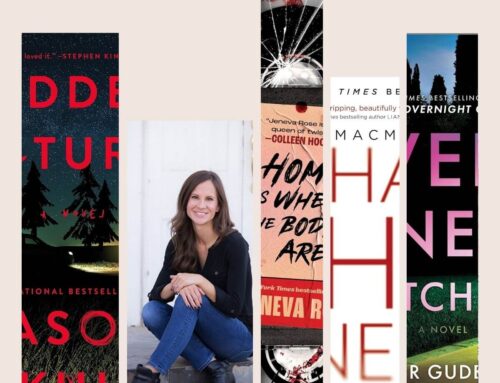
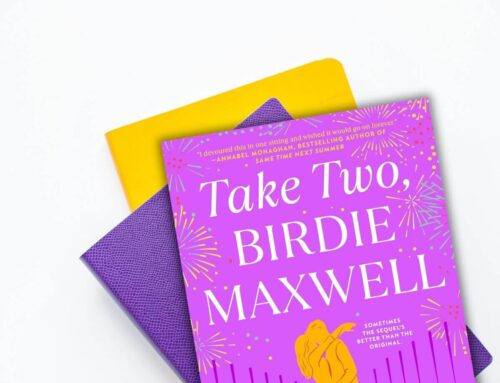
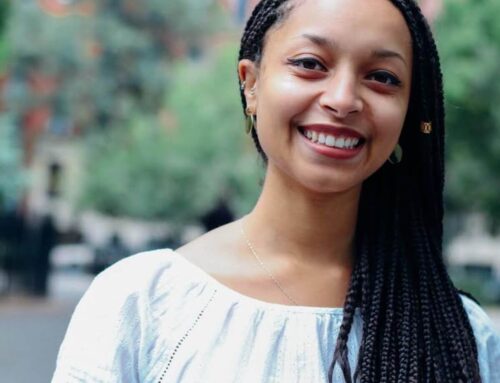
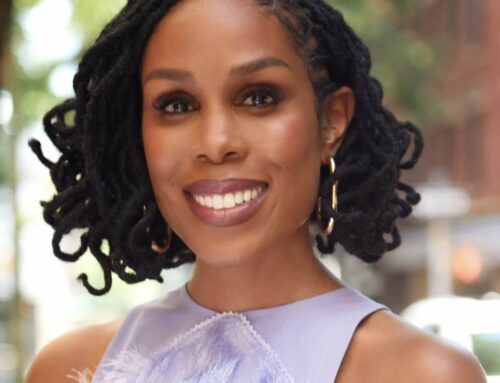
Leave A Comment